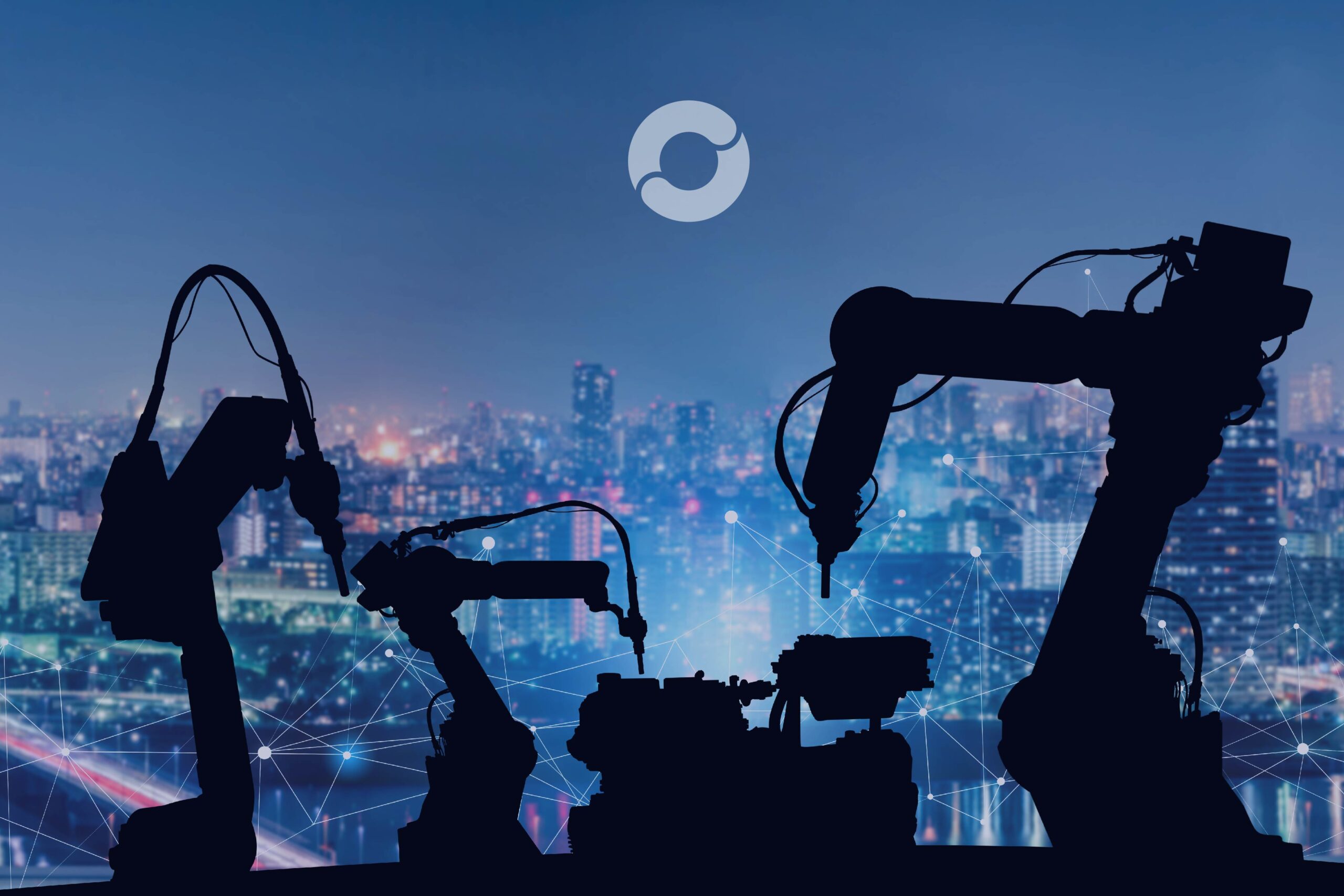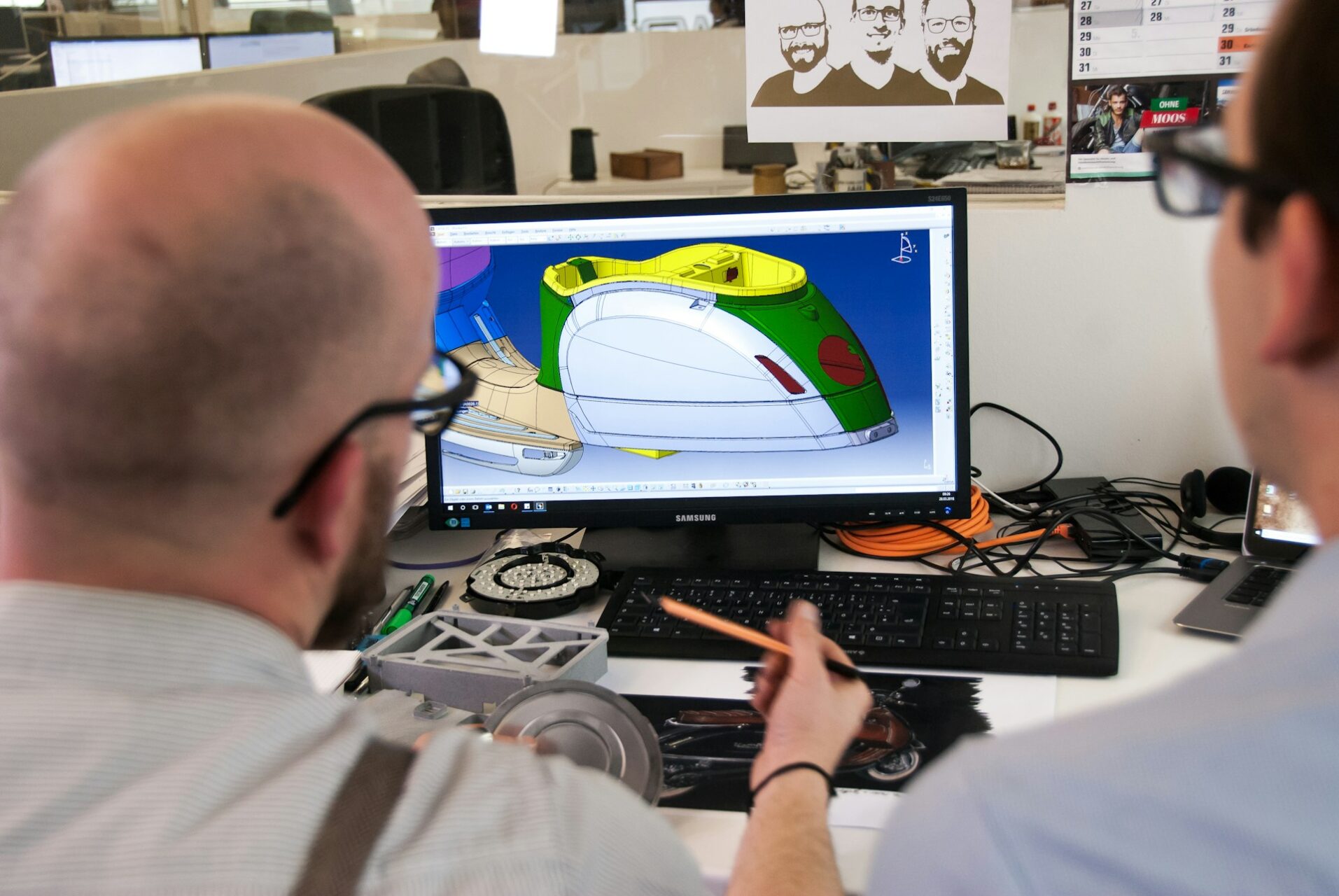
5 Ways Artificial Intelligence Is Improving Manufacturing
June 13, 2017 - Emily Newton
Revolutionized is reader-supported. When you buy through links on our site, we may earn an affiliate commision. Learn more here.
Artificial intelligence and machine learning are offering manufacturers a new way to become competitive in the marketplace. The advanced technology allows manufacturers to upgrade and adapt their production by gaining insight into what’s causing downtimes or losses.
Machine learning also offers the advantage of continued learning. Because its algorithms are designed to adapt and improve, it can develop additional techniques to improve your production over time. Your manufacturing processes can then adjust and adapt to new trends, technology or procedures.
Artificial intelligence is improving manufacturing in five big ways:
1. AI Improves Product Management with Quality Objectives & Accurate Inventories
Machine learning offers faster product management that is more accurate than employees. Its algorithms can analyze your goals for quality and then compare it to your production workflow and internal company processes.
Manufacturers often use artificial intelligence as a part of the Define, Measure, Analyze, Improve and Control (DMAIC) process because of its data-driven strategy to improve quality. The process also helps interpret and share the machine learning data with people unfamiliar with your production’s specific details.
Product mismanagement is common. Machine learning provides an effective solution to the frequent causes of mismanagement, such as human error, which can result in profit losses. Overstocked shelves lead to 3.2 percent lost income while out-of-stock inventory costs companies 4.1 percent.
2. Develop Preventative Maintenance with Integrated & Accurate Machine Learning
Maintenance is a part of manufacturing. Machine learning, however, offers a way to reduce the downtime of maintenance and repairs.
The technology, coupled with sensors, can monitor and predict when a machine will need maintenance and determine which component and parts will require it. Instead of your maintenance plan following a fixed schedule, it becomes adaptive to each machine’s needs. The data gathered is often incorporated into the Internet of Things (IoT) for users to access across platforms.
Machine learning improves maintenance and repair prediction substantially for some users. An automotive plant implemented machine learning to combat frequent machine failures. They’re now able to plan and predict a part failure within a 92 percent accuracy rate.
3. Upgrade OEE Management & Manufacturing efficiency with Condition Monitoring
Artificial intelligence enhances your Overall Equipment Effectiveness (OEE) management by monitoring equipment conditions across your entire plant.
Sensors and machine learning algorithms gather and analyze data to create a baseline for establishing failure probabilities, which they compare against your equipment’s ongoing, real-time operation. OEE and preventative maintenance are often interlinked improvements from machine learning.
The automotive plant mentioned above, for example, improved their predictive maintenance and boosted their OEE rate from the industry standard of 65 percent to a rate of 85 percent. Because of the increase, the plant improved their product quality and asset reliability.
4. Boost Yield Rates with Optimization & Predictive Data Analytics
Increased yield rates are an essential part of any business’s operation. Machine learning can assist in raising your yields in a few ways.
New manufacturing technology has given the industry smart systems. These systems are designed to coordinate and use machine learning to improve yield rates at local and global levels. The yields of your plants, production cells and equipment are all optimized using machine learning and predictive data.
Manufacturers producing customized and complex products also improve their yields via machine learning. The technology reviews and analyzes your needs to help you choose equipment and suppliers, as well as improve the function of those machines.
Companies, such as NVIDIA and FANUC, are developing artificial intelligence technology for the manufacturing industry. The two businesses are building industrial robots capable of teaching themselves how to improve their task completion times. The end goal is to streamline and improve production yields.
An eight-hour process for one robot, for example, would take a team of eight robots only an hour by working and learning together.
5. Enhance Supply Chains with Streamlined Production & Accurate Sale Forecasts
Manufacturing companies often won’t integrate their IT systems across plants, which can make sharing information across teams or company levels difficult. Machine learning streamlines the available data to provide accurate inventory information, delivery dates and sale forecasts.
Streamlined data also provides businesses with manufacturing information about their plants, inventories, Work In Process (WIP) and production lines. Because the data encompasses the entirety of the company, it offers insight into the overall status of the business and emphasizes possible improvements, future decisions or ability to meet sale forecasts.
Sale forecasts predicted with machine learning have benefited several companies, such as Lennox International. Their initial forecast accuracy was around 55 percent before adopting machine learning. After implementation,
Sale forecasts predicted with machine learning have benefited several companies, such as Lennox International. Their initial forecast accuracy was around 55 percent before adopting machine learning. After implementation, their accuracy has reached 85 percent, and the technology has also found seasonal patterns and trends Lennox International was unaware of before.
Artificial intelligence is providing the manufacturing industry with new, helpful ways to adapt their production. Preventative maintenance, effective OEE management and increased yields all benefit a manufacturer directly, while streamlined supply chains and improved product management offer buyers or suppliers with enough products to meet predicted consumer demands.
Featured Image By Land Rover MENA [CC BY 2.0, via Wikimedia Commons | Resized to fit this website.
Revolutionized is reader-supported. When you buy through links on our site, we may earn an affiliate commision. Learn more here.
Author
Emily Newton
Emily Newton is a technology and industrial journalist and the Editor in Chief of Revolutionized. She manages the sites publishing schedule, SEO optimization and content strategy. Emily enjoys writing and researching articles about how technology is changing every industry. When she isn't working, Emily enjoys playing video games or curling up with a good book.




